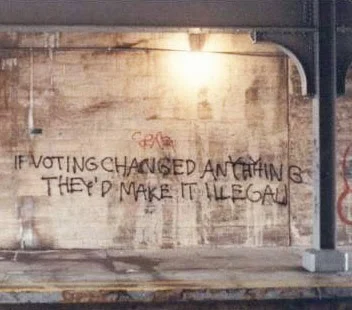
What happened next was to become one of the most significant outbreaks of civil disorder in 20th Century London. Police continued operating their hated 'sus' laws, where in order to stop someone, police only needed suspicion. At the time the police were exempt from the Race Relations Act, and many people targeted were from the ethnic community, which led to accusations of racial prejudice.
After arrests were made tensions rose again, igniting violence which spread across the streets. The streets of Brixton became a battle zone. After police arrived in full riot gear, people started gathering to throw makeshift petrol bombs and set light to police cars.
By the time hostilities had ended, over 360 ppeople had been injured, 28 premises burned and another 177 damaged and looted. The police arrested 82 people.
After the riots a police enquiry was held under Lord Scarman that held that policing in a civil society can only succeed with the consent of the community. But 4 years later the Police shot Mrs Cherry Grove, , causing again disturbances in the area. There have been many many miscarriages of justice since.
34 years later there are many lessons to be learned. Police racism continues, as does unemployment and poverty. Capitalist society still suffers from a sickness that breeds ,the big criminals of the land get rich and fat, get rewarded for their crimes (ie the bankers) whilst the poorer members of our communities are stigmatised, getting poorer, punished because of the greedy. Sadly conditions in Brixton are not vastly better than over 30 years ago. Unrest can easily be fermented, when conditions on the streets are ignored. Riots that have happened since, like those seen in Brixton do not happen without a reason.
Guns of Brixton -the Clash, with collage of Brixton riots.












